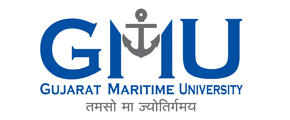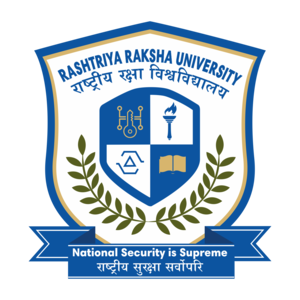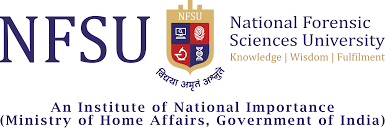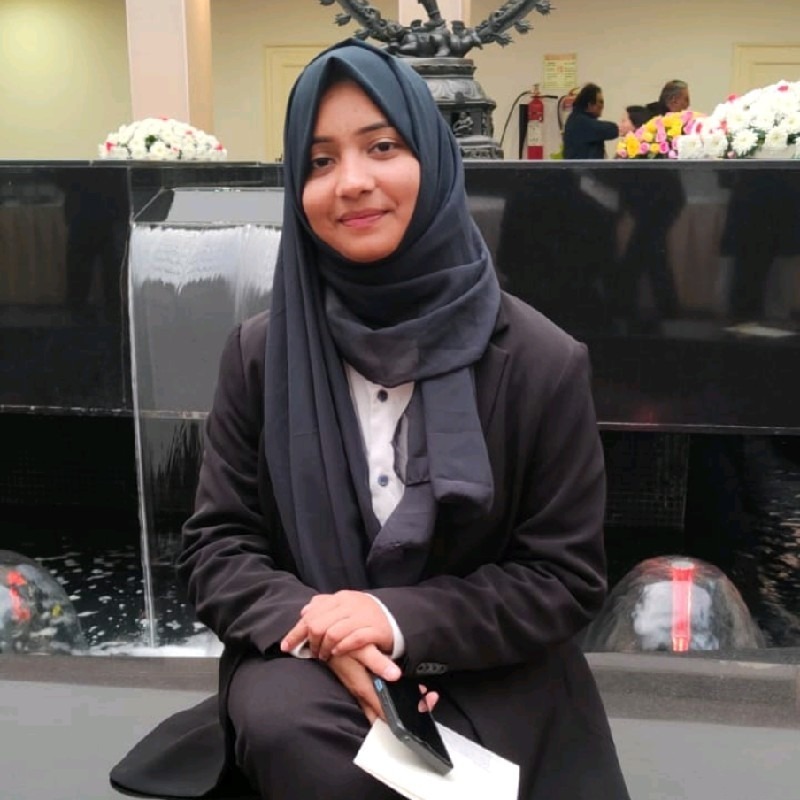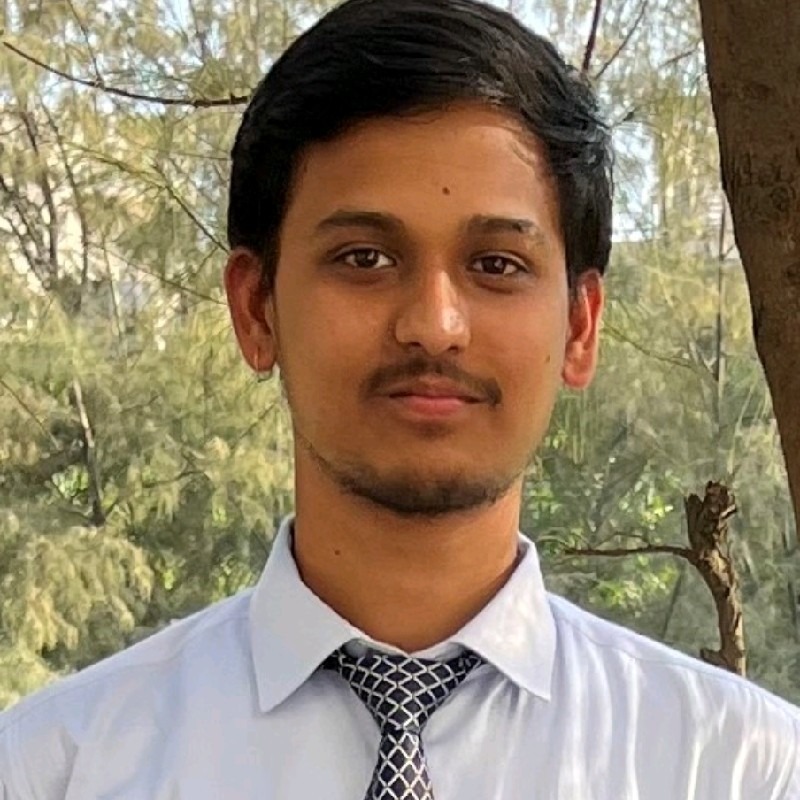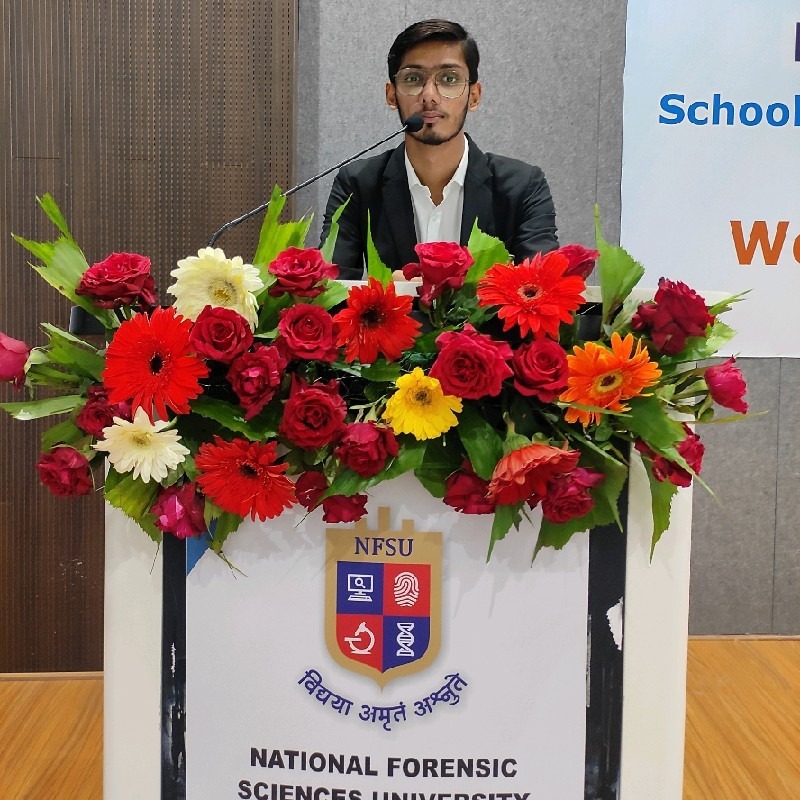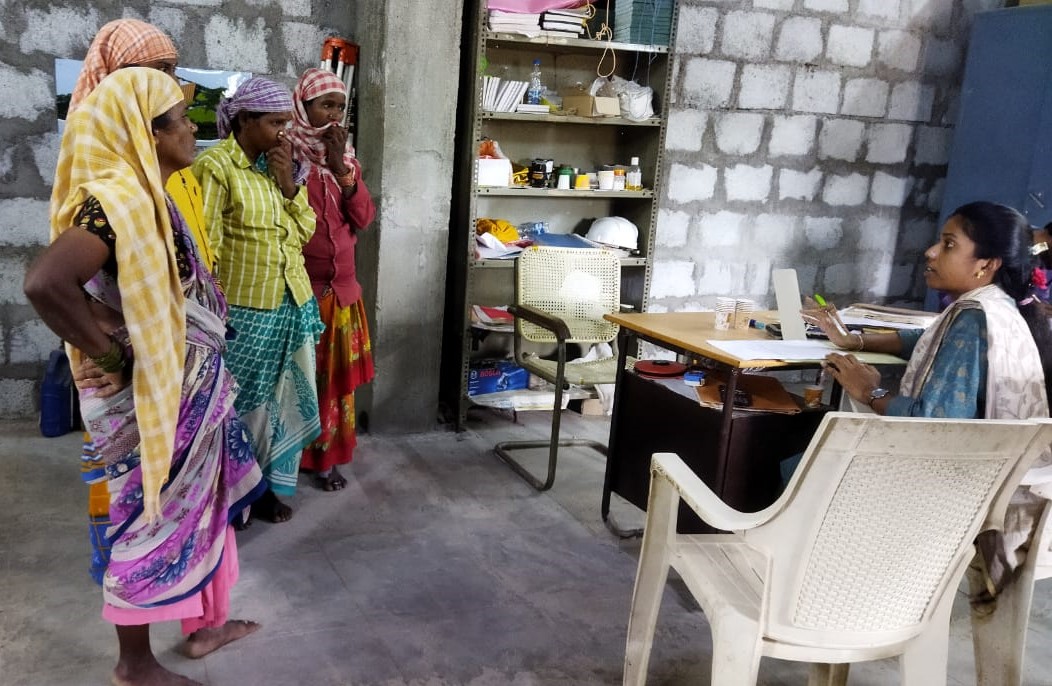Before Memory Fades By Fali S. Nariman (Book Review)
- Akash Kumar Garg
- July 19, 2020
Content :
INTRODUCTION:-
Before Memory Fades by Fali Sam Nariman can be said to be a masterpiece revolving around the life of a distinguished Advocate. It beautifully lays down the journey of a lawyer and at the same time legal profession in the country. The book lays down a no of cases that the Author represented in the Indian courts and the cases are said to be the landmark cases in the history of Indian judiciary.
SUMMARY:-
Fali Sam Nariman was born on the tenth day of January 1929 at the General Hospital in faraway Rangoon (now Yangon, a part of the then British India). He along with his parents had to leave for India and take refugee when the Japan declared a war and bombs were dropped in Rangoon. Fali was sent to Bishop Cotton School Shimla, then to St. Xavier’s College Bombay for his graduation in BA (Hons) and was then finally sent to Government Law College Bombay(now Mumbai) for his LLB. Nariman in the beginning of his career joined Payne & Co. and then latter joined the Prestigious Kanga Chamber, which apart from Sir Jamshedji B. Kanga boasted luminaries such as Harilal Kania (the first Chief Justice of independent India) and eminent lawyers such as H. M. Seervai, Nani Palkhivala and Soli J. Sorabjee and many more.
Fali still recalls his early days in the Bar when he would occasionally get a brief in the form of “Brief for Consent Decree” on which he would mark the magnificent fee of one gold mohurs, though the customary fee was two gold mohurs. For juniors like him a consent decree brief would take at least three appearances in order to convince the judge. Once in a trail when someone very senior in the profession (on theother side), said on the argument of the Nariman that ‘matters are not as simple as my young friend has made out’, the prompt response of Justice Kantilal T. Desai was, ‘But that is the art of advocacy: to make simple what is complicated and not vice versa!’.On another occasion when Nariman was only a year old at the Bar, Nani Palkhivala hadentrusted him with an appeal from a judgment in a writ petition under the Bombay Land Requisition Act, which had been dismissed by a single judge. Palkhivala had another engagement before the Income Tax Appellate Tribunal. The appealreached hearing (in Palkhivala’s absence) before a bench consisting of Chief Justice Chagla and Justice Gajendragadkar. Nariman shuffled into court andweakly mentioned that Palkhivala was appearing in the matter and wouldhopefully arrive in a short while, and could the case stand over. Then Chief Justice Chagla asked Fali if he knew the matter, this turned out to be a golden opportunity for Fali to prove himself and he read the facts and the legal provisions. While he could see the solicitors and clients who were sitting behind him wringing their hand in despair, Nani arrived before the court just when the judgment was being delivered. Nani interrupted but then Chagla , said “I don’t think, Mr. Palkhivala, you can add anything more to what Mr. Nariman has so well presented”.
Before Memory Fades is not just an autobiography of one of the India’s best lawyer but is also a book for legal fraternity to understand and look at the law with a broader perspective. In this book Nariman discusses about some of his most important cases that he fought for , such as Shankari Prasad (1951), Sajjan Singh (1965), Golaknath (1967), Keshavananda Bharti (1973), and Minerva Mills (1980). Nariman explains how the judiciary dealt with the amendments in these cases and held that Fundamental Rights form a part of the \'basic structure\' of the Constitution which can never be amended.He also appeared for states before interstate water disputes tribunal. He says “ it occupied some part of my professional life as an advocate.”
An important chapter in this book is on the Bhopal Case which he argued for Union Carbide Corporation. He received severe criticisms while representing the company. in his book, Nariman has reproduced the letter that he wrote in response to the published article in which he defends himself by stating that the suggestion that lawyers who are human rights activists should not accept briefs of those who “violate the human rights of others\', is impractical and fraught with grave consequences as it puts an almost impossible burden on the lawyer of pre-judging guilt; and (more important) it precludes the person charged with infringing the human rights of another (such as one accused of murder) the right to be defended by a \'lawyer of his choice” - in my country, a guaranteed constitutional right.”
The autobiography also gives a detail insight of the National Emergency in 1975, when he was the Additional Solicitor General of India. One day after Indira Gandhi, the then Prime Minister, imposed the internal emergency, he resigned from his post of Additional Solicitor General to mark his protest to the unethical move by the then Prime Minister. He recalls how he had to struggle in finding accommodation in Delhi post his resignation. People were afraid to let out their houses to him as he had dared to go against Indira Gandhi.
Nariman praises the dissenting opinion of Justice H.R. Khanna, (the then second senior most Judge) in the case of ADM Jabalpur (1976). He says that Justice Khanna’s attempt to hold that Right to Life and Liberty are Natural Rights, not rights bestowed upon men by a Constitution, but inherent to all men by virtue of them being humans, cannot be praised enough .“Khanna knew, when he signed the dissenting judgment, that he was signing away his future chief justiceship”. Justice Khanna resigned “in a blaze of glory” when justice Beg superseded him. That’s the reason still today Justice H.R. Khanna’s portrait hangs in the Court where he sat (Court No 2. Supreme Court) says Nariman.
Nariman in his book also lays down that he was instructed and was appearing for quite some time as the senior counsel in the Supreme Court for the state of Gujarat in a PIL filed on behalf of tribals who were displaced (and to be displaced) by the rising height of the Narmada Dam in Gujarat. The question in this case was whether there were adequate measures of rehabilitation for the tribals. Mean while, when the PIL was pending Nariman read from Press reports that Christians in certain parts the states were being harassed and their Bibles were burnt. One day ,when Nariman was invited by Keshubhai Patel( C.M. of Gujarat)at his residence, he asked Keshubhai to stop these act of grave injustice. He assured Nariman that it would be. Inspite of the assurance given by the Chief Minister the situation worsened, now not only Bibles but Churches in various part of the state was destroyed. In December 1998 Nariman returned the brief and said that “I would not appear for the state of Gujarat in this or any other matter”.
He also describes about one of the most important case (Second Judges Case) that he appeared for and won. However he describes the case as, “A Case I Won – But I Would Prefer To Have Lost”. Nariman criticizes his own win and says “I don’t see what is so special about the first five judges of the Supreme Court. They are only the first five in seniority of appointment – not necessarily in superiority of wisdom or competence. I see no reason why all the judges in the highest court should not be consulted when a proposal is made for appointment of a high court judge (or an eminent advocate) to be a judge of the Supreme Court. I would suggest that the closed-circuit network of five judges should be disbanded.”
Lastly I would like to say that THE TRIBUNE has rightly said about the autobiography,“The book is brilliantly planned and beautifully designed. The 18 chapters,laced with quotations, anecdotes and series of vignettes …provide a glimpse of his jurisprudential wisdom. … It is a must not only for judges,advocates, students of law and political science, but also for editors,people’s representatives, administrators, academics and all those who believe in the sanctity of constitutional values, the majesty of law and,above all, independence of the judiciary.”
CONCLUSION:-
The author through his book has beautifully explained his journey from birth to rising up as one of the most successful lawyer’s in the country. The author has talked about various cases in detail, which could be used as a reference by the legal fraternity. This book is not only about the author (an Advocate) but also about the legal profession in the country. This book should be read by all the persons belong to the legal fraternity. This book is an inspiration for all the first-generation lawyers, aiming to be a successful lawyer.
